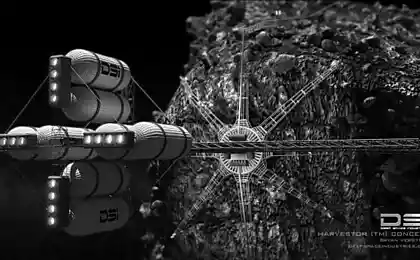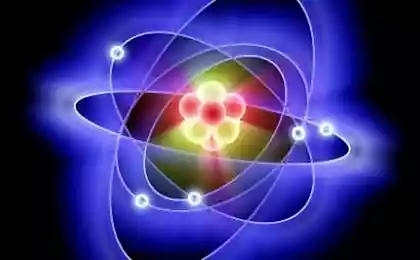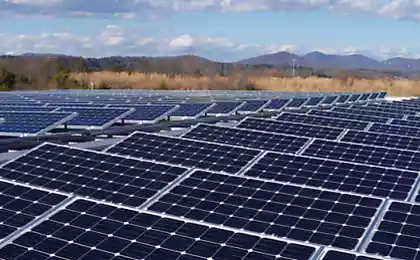454
Deep sea mining be allowed to develop solar energy
Recently, scientists have discovered a huge number of rare metal called tellurium, which is a key element in advanced solar technologies. However, the field is at the bottom of the sea, in a pristine part of the ocean.
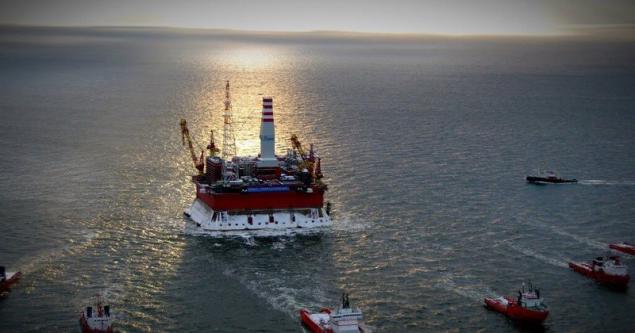
People often idealized view of sunlight as an ideal source of clean energy.
The direct conversion of sunlight into electricity, emission, oil spills or pollution — purity. However, overlooked is the production of solar panels.
Although the energy produced is really clean, some of the materials required to generate this energy, are toxic or rare. In the case of one specific technology solar cells are based on cadmium telluride. Cadmium is toxic, and telluride it is hard to find.
Cadmium telluride is one of the materials required for thin-film solar cells of second generation. They are much better absorbed than silicon, which is based on the most panels, and much thinner. The layer of cadmium telluride with a thickness of only a thousandth of a millimetre thick will absorb about 90% of incident light. It is much cheaper and more compact than conventional silicon panels.
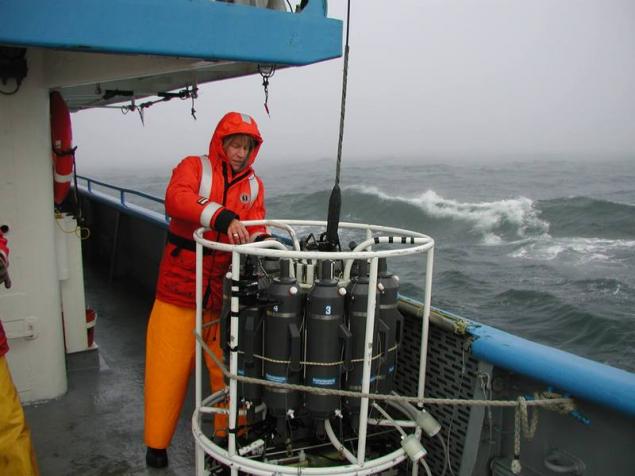
At the moment solar modules based on cadmium telluride accounts for about 5% of global installations, and can produce cheaper electricity than silicon solar panels.
But the main drawback of cadmium telluride is telluride, one of the rarest metals in the earth's crust. So the big question is whether the mass use of technology based on such a rare metal.
Data on the prevalence of tellurium indicate a real problem, but the counterargument is that no one is actively looking for new stocks of the material. In the end, platinum and gold is so rare, but the demand for jewelry and catalytic converters (the primary use of platinum) means that, in practice, reserves may be much greater.
The opening of a massive new deposits of tellurium on seamounts in the Atlantic ocean, definitely confirms this theory. And it is particularly rich in ore, according to British scientists involved in the project MarineE-Tech, who found the deposits. Although most tellurium is produced as a by-product of copper mining and consequently, samples from the seabed contain a concentration of 50 thousand times higher than on land.
But the extraction will be very risky.
The top of the mountain where was tellurium discovered, is located a kilometer below the waves, and the nearest land is hundreds of kilometers away.
Even on land mining has never has a good effect on the environment. It destroys communities, forests and leaves huge scars on the landscape. This often leads to groundwater pollution in spite of all precaution. And on the seabed?
However, the PV modules from cadmium telluride may be recycled at the end of their 20-year service life. It is therefore possible that the impact of mining on the environment to create these solar panels is likely to be minimal compared to oil or coal industry, but it will not be zero. published
P. S. And remember, only by changing their consumption — together we change the world! ©
Source: //solarpanels.com.ua/news/glubokovodnaya-dobycha-poleznykh-iskopaemykh-pozvolit-razvit-solnechnuyu-energetiku/

People often idealized view of sunlight as an ideal source of clean energy.
The direct conversion of sunlight into electricity, emission, oil spills or pollution — purity. However, overlooked is the production of solar panels.
Although the energy produced is really clean, some of the materials required to generate this energy, are toxic or rare. In the case of one specific technology solar cells are based on cadmium telluride. Cadmium is toxic, and telluride it is hard to find.
Cadmium telluride is one of the materials required for thin-film solar cells of second generation. They are much better absorbed than silicon, which is based on the most panels, and much thinner. The layer of cadmium telluride with a thickness of only a thousandth of a millimetre thick will absorb about 90% of incident light. It is much cheaper and more compact than conventional silicon panels.

At the moment solar modules based on cadmium telluride accounts for about 5% of global installations, and can produce cheaper electricity than silicon solar panels.
But the main drawback of cadmium telluride is telluride, one of the rarest metals in the earth's crust. So the big question is whether the mass use of technology based on such a rare metal.
Data on the prevalence of tellurium indicate a real problem, but the counterargument is that no one is actively looking for new stocks of the material. In the end, platinum and gold is so rare, but the demand for jewelry and catalytic converters (the primary use of platinum) means that, in practice, reserves may be much greater.
The opening of a massive new deposits of tellurium on seamounts in the Atlantic ocean, definitely confirms this theory. And it is particularly rich in ore, according to British scientists involved in the project MarineE-Tech, who found the deposits. Although most tellurium is produced as a by-product of copper mining and consequently, samples from the seabed contain a concentration of 50 thousand times higher than on land.
But the extraction will be very risky.
The top of the mountain where was tellurium discovered, is located a kilometer below the waves, and the nearest land is hundreds of kilometers away.
Even on land mining has never has a good effect on the environment. It destroys communities, forests and leaves huge scars on the landscape. This often leads to groundwater pollution in spite of all precaution. And on the seabed?
However, the PV modules from cadmium telluride may be recycled at the end of their 20-year service life. It is therefore possible that the impact of mining on the environment to create these solar panels is likely to be minimal compared to oil or coal industry, but it will not be zero. published
P. S. And remember, only by changing their consumption — together we change the world! ©
Source: //solarpanels.com.ua/news/glubokovodnaya-dobycha-poleznykh-iskopaemykh-pozvolit-razvit-solnechnuyu-energetiku/

